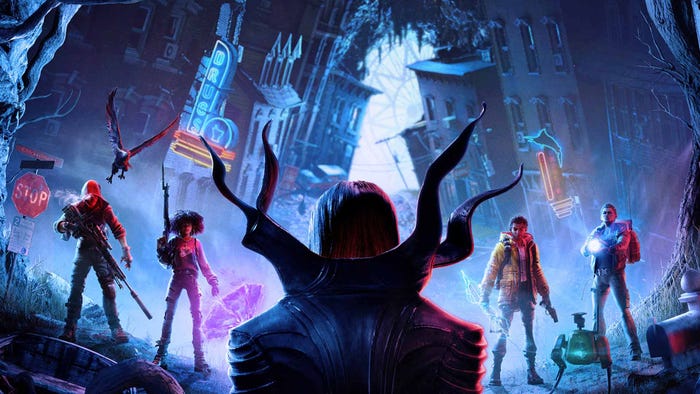
Featured Blog | This community-written post highlights the best of what the game industry has to offer. Read more like it on the Game Developer Blogs.
Why You Should Build Custom Hardware For Your Mobile Game
What we learnt by building custom hardware for our game Swing King and the Temple of Bling, and what other mobile developers could pick up from it.

As developers, it’s all too easy to focus on software and not give all too much thought to hardware. Those of us working on console or mobile, for instance, are used to accomodating the control methods they deliver - touch or gamepad based - with few of us ever looking to construct our own solutions.
That all changed for us during a trip to Hebden Bridge in Yorkshire, England, for anyone outside the UK reading this. Our trip was to hit the wonderful Feral Vector, the annual games festival all about the art of creating games. During said visit, Shedworks' Technical Director Daniel attended an Arcade Building Workshop where he constructed a simple one-button controller using an Arduino and a microswitch.
During the workshop, Daniel decided to hook the button up to our upcoming one-button puzzle-action game for iOS, Swing King and the Temple of Bling. Canny chap that he is, he also filmed it:
It worked with some minimal code changes, and even felt pretty good! The game heavily references classic arcade games and so this ended up feeling like a perfect fit.
Having spoken to other developers about alternative input devices at events, we decided to have a go at making our game more presentable. Other games that do this successfully include Mao Mao’s Castle’s use of the leap motion to create a unique and distinct input system for a mobile game.
Here’s some video of Mao Mao’s leap motion input.
Another fantastic example is The World is Flat
These are both superb examples of the variety of interesting input you can have for your game, but it doesn’t even have to be this elaborate. It can be as simple as a button in a box.
The container we were using was a not very robust or presentable thing, being made out of old cardboard and masking tape, so we decided to create something a bit nicer. Daniel’s brother Jake makes guitar effects pedals so we thought he’d be the perfect person to help us here. We borrowed use of his CNC carving machine and created what we think is an awesome little box of fun with our logo etched into the front of it.
Here’s a gif of the process.
Once we had created a nice box for our button, we took it to the London Met end of year Game Development Course show to present to the public. We had shown our game at previous events, such as WeWork in Spitalfields, but one thing we struggled with was getting people to understand how exactly the game’s inputs worked. People would swipe, pinch and paw at the screen in an attempt to control the game when they had no tutorial sequence to play. This is the nature of having an input device like a touch screen - everyone comes at it with their own expectations.
Swing King at the event.
Having an input device that’s stripped down to the essentials improved the presentation of our game immensely. People understood how to play the game far quicker, and could get on with enjoying the experience of exploring levels and solving puzzles, which is hugely important in the loud, cramped confines of a public event. It also meant that the game looked nicer over people’s shoulders as they were playing, and the game was also far more immediately accessible and friendly to people who might not try games ordinarily.
In short, you should build custom hardware for showing off your mobile game because:
It’s a fun thing to do!
It makes your game more accessible to people at events.
It can help to quickly communicate your controls to players.
It helps your game stand out in a crowded event.
It looks cool and is a memorable experience.
For us, next up is the launch of Swing King and the Temple of Bling on the App Store on June 29th. If only there was a single button we could press that made sure that all goes well, eh?
You can find us on Twitter @shedworksgreg and @shedworksdan
Read more about:
Featured BlogsAbout the Author(s)
You May Also Like













